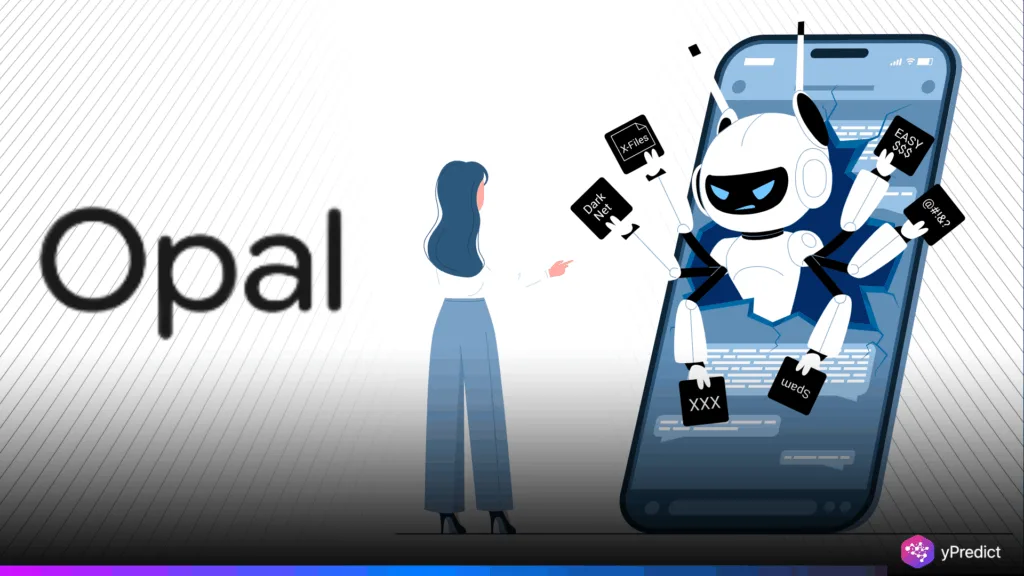
Google Labs’ new experimental platform, Opal, aims to simplify the process of developing AI mini-apps. Opal lets users link tools, models, and prompts into useful applications using plain language. Additionally, no prior coding knowledge is necessary to accomplish this. It is currently available as a public beta in the US, and Google expects user input to inform its future. Thus, this has the potential to transform artificial intelligence and user-accessible development.
Build AI Mini-Apps Without Writing Any Code
Opal makes creating AI mini-apps as easy as stating your needs in plain English. It turns your ideas into useful apps, simplifying complicated technology for a wide range of users.
Visual Workflow Creation
Opal’s ability to generate visual workflows from natural instructions is one of its most notable features. Users can chain together several steps, such as model prompts, logic actions, or tool integrations. Moreover, these workflows are full of mini-apps that fulfill various purposes, ranging from data analysis to content production. Therefore, you can begin without knowing or writing code.
Intuitive Editing Tools
Opal provides editing flexibility via a visual editor or chat-based commands after you’ve established your workflow. To modify a step, add a new feature, or alter a prompt, simply explain the change. These updates are reflected instantly in the visual editor. Additionally, it gives users who have never used developer tools the confidence to refine apps.
Share Your Apps Instantly With a Google Account
Sharing your mini-app is simple once it’s ready. Opal enables you to share useful AI apps by providing a link to your Google account. Additionally, other users can access your app with their login credentials, which facilitates testing and collaboration like never before. Therefore, companies, educational institutions, or creative teams may find this feature helpful.
Need Ideas to Build AI Mini-Apps Faster?
Opal offers an app and template gallery to assist users in exploring their options. These are fully functional examples that you can use right away or change to make something else. It’s a practical method for both experts and enthusiasts to swiftly learn about the potential of AI.
Opal May Lead the Way in AI Mini-Apps
Opal was initially developed at Google Labs to bridge the gap between advanced AI and usability. It was supposed to be as easy as talking to a friend to build intelligent tools. Therefore, Opal makes AI creation more human-centered by fusing smart model integration with visual design.
Opal’s public beta in the US indicates a higher goal for the future. Google is anticipated to bring deeper integrations and increase availability as feedback comes in. Additionally, we might observe Opal impacting the upcoming generation of development tools and streamlining processes in various sectors. These platforms have the potential to make every creator a builder as AI mini-apps proliferate.
A New Direction for Everyday AI Builders
Opal represents a broader trend toward more approachable artificial intelligence tools, despite its experimental nature. It invites more voices into the AI space and removes technical barriers. Additionally, it improves the efficiency of testing and iteration in the real world by promoting experimentation.
Google’s long-term objective of making artificial intelligence accessible to all is reflected in the platform. So, the ease of creating AI mini-apps has allowed more teams and creators to freely innovate. No coding knowledge? No problem, Opal makes it possible.






